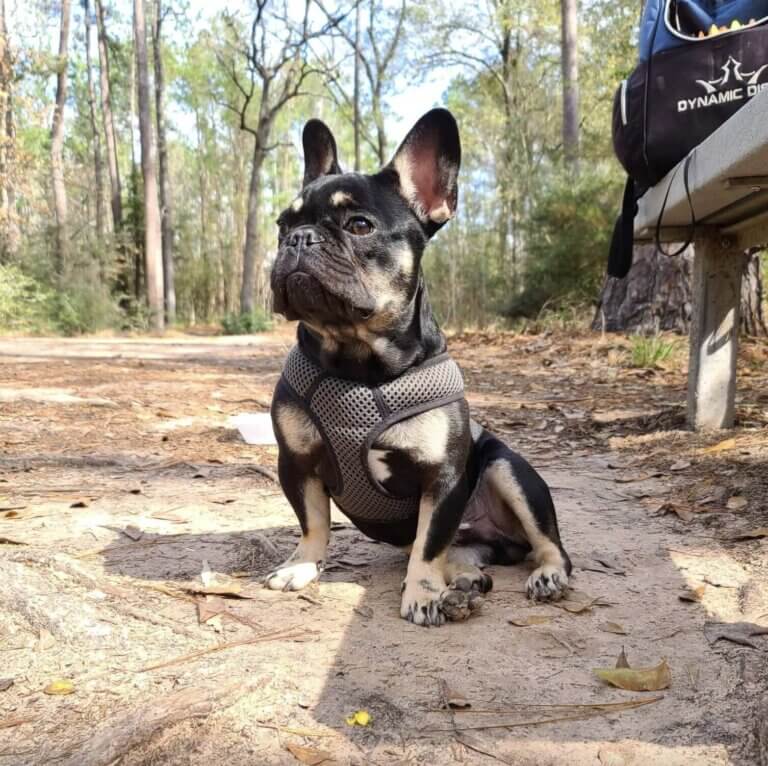As a pet owner, it’s essential to be prepared for any emergency, as our pet’s curiosity often leads them to get into things they shouldn’t. Even the most hands-on pet owners may face a situation that requires them to pull out the first aid kit and act fast. Having a well-stocked pet first aid kit can mean the difference between life and death.
We have compiled non-negotiable items that should be included in your pet first aid kit and how to use them so that when an accident happens, you are prepared!
Basic First Aid Supplies
Just like your family’s first aid kit, your pet’s kit must be stocked with all the necessary supplies to cover a range of unwanted occurrences. This includes pet-friendly adhesive bandages, gauze, and medical tape for temporary patching of wounds until you can reach your veterinarian, an eye dropper or a large needleless syringe to give your pet oral treatments or flush wounds, small scissors, tweezers, and hydrogen peroxide for cleaning wounds, as well as a digital thermometer to take your pet’s temperature.
Emergency Phone Numbers
Be sure to include the phone number for your regular veterinarian, the nearest 24-hour emergency veterinary hospital if an accident happens during the night, and the number for poison control. You may have these numbers saved in your phone, but for added protection, we recommend writing them down and keeping this list with your first aid supplies.
Milk Of Magnesia or Activated Charcoal
When a pet ingests poison, it’s critical to contact your veterinarian or Animal Poison Control Center to determine the appropriate course of action, which may include using milk of magnesia as a treatment. Your veterinarian may also recommend other supportive treatments, such as activated charcoal, to absorb the toxins your pet has ingested.
Muzzle, Leash, and Collar
To keep your pet and those around you safe, it’s a good idea to have a muzzle in your kit in the event your pet becomes agitated. However, if your pet is vomiting, do not put a muzzle on them. If your pet can walk independently, it’s important to have a leash and collar nearby to quickly place on your pet when transporting them to the veterinarian.
Keeping a comprehensive pet first aid kit nearby can prepare you for emergencies. However, it is important to remember that a first aid kit is not a substitute for professional veterinary care. You should always contact your trusted veterinarian when your pet becomes injured or ill.


